
Other Voices, Other Rooms
Truman Capote
4 stars

The Passion of Michel Foucault
James Miller
5 stars
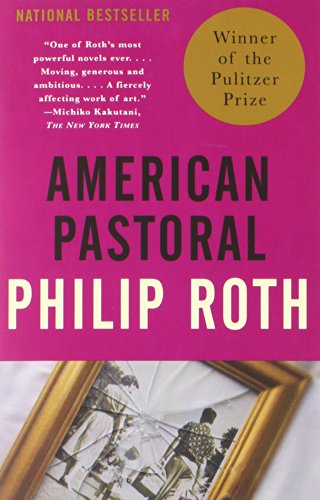
American Pastoral
Philip Roth
5 stars
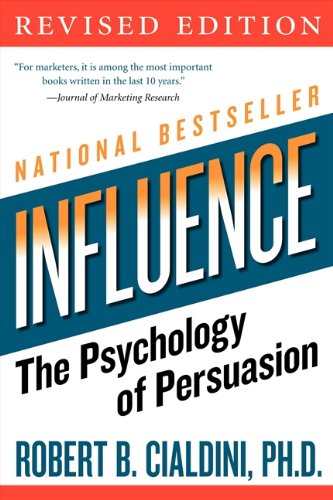
Influence: The Psychology of Persuasion
Robert B. Cialdini
3 stars
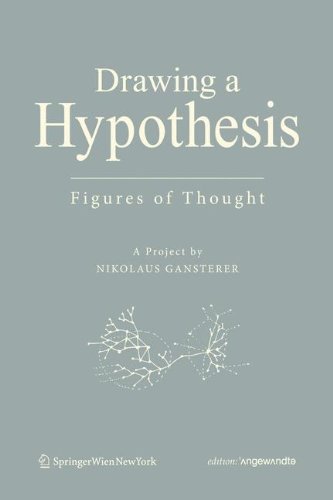
Drawing A Hypothesis
Nikolaus Gansterer
2 stars
The Information
James Gleick
4 stars
“It is information, words, instructions…. If you want to understand life, don’t think about vibrant, throbbing gels and oozes, think about information technology.” (pp. 8-9)
For a while, until it became impractical, the telegraph companies tried to maintain a record of every message. This was information storage without precedent. (p. 149)
By the turn of the century, the telephone industry surpassed the telegraph by every measure— number of messages, miles of wire, capital invested— and telephone usage was doubling every few years. There was no mystery about why: anyone could use a telephone. The only skills required were talking and listening: no writing, no codes, no keypads. Everyone responded to the sound of the human voice; it conveyed not just words but feeling. (p. 188)
The telegraph demanded literacy; the telephone embraced orality. A message sent by telegraph had first to be written, encoded, and tapped out by a trained intermediary. To employ the telephone, one just talked. A child could use it. For that very reason it seemed like a toy. In fact, it seemed like a familiar toy, made from tin cylinders and string. The telephone left no permanent record. The Telephone had no future as a newspaper name. Business people thought it unserious. Where the telegraph dealt in facts and numbers, the telephone appealed to emotions. (p. 189)
The scattered members using telephones numbered half a million by 1890; by 1914, 10 million. (p. 191)
In 1908 John J. Carty, who became the first head of the Bell Laboratories, offered an information-based analysis to show how the telephone had shaped the New York skyline— arguing that the telephone, as much as the elevator, had made skyscrapers possible.
It may sound ridiculous to say that Bell and his successors were the fathers of modern commercial architecture— of the skyscraper. But wait a minute. Take the Singer Building, the Flatiron Building, the Broad Exchange, the Trinity, or any of the giant office buildings. How many messages do you suppose go in and out of those buildings every day? Suppose there was no telephone and every message had to be carried by a personal messenger? How much room do you think the necessary elevators would leave for offices? Such structures would be an economic impossibility. (p. 192)
Telephone books soon represented the most comprehensive listings of, and directories to, human populations ever attempted. (p. 194)
The first telephone operators were teenage boys, cheaply hired from the ranks of telegraph messengers, but exchanges everywhere discovered that boys were wild, given to clowning and practical jokes, and more likely to be found wrestling on the floor than sitting on stools to perform the exacting, repetitive work of a switchboard operator. A new source of cheap labor was available, and by 1881 virtually every telephone operator was a woman. In Cincinnati, for example, W. H. Eckert reported hiring sixty-six “young ladies” who were “very much superior” to boys: “They are steadier, do not drink beer, and are always on hand.” He hardly needed to add that the company could pay a woman as little as or less than a teenage boy. (pp. 194-195)
Along with another new technology, the typewriter, the telephone switchboard catalyzed the introduction of women into the white-collar workforce… (p. 195)
A conundrum that at least smelled similar had lately appeared in physics, too: Werner Heisenberg’s new uncertainty principle. When Turing learned about that, he expressed it in terms of self-reference: “It used to be supposed in Science that if everything was known about the Universe at any particular moment then we can predict what it will be through all the future.… More modern science however has come to the conclusion that when we are dealing with atoms and electrons we are quite unable to know the exact state of them; our instruments being made of atoms and electrons themselves.” (p. 212)
William Thomson, Lord Kelvin, imprinted the second law on the popular imagination by reveling in its bleakness: “Although mechanical energy is indestructible,” he declared in 1862, “there is a universal tendency to its dissipation, which produces gradual augmentation and diffusion of heat, cessation of motion, and exhaustion of potential energy through the material universe. The result of this would be a state of universal rest and death.” (p. 271).
Suppose the box of gas is divided by a diaphragm. The gas on side A is hotter than the gas on side B— that is, the A molecules are moving faster, with greater energy. As soon as the divider is removed, the molecules begin to mix; the fast collide with the slow; energy is exchanged; and after some time the gas reaches a uniform temperature. The mystery is this: Why can the process not be reversed? In Newton’s equations of motion, time can have a plus sign or a minus sign; the mathematics works either way. In the real world past and future cannot be interchanged so easily. (p. 273).
Schrödinger felt that evading the second law for a while, or seeming to, is exactly why a living creature “appears so enigmatic.” (p. 283)
In other words, the organism sucks orderliness from its surroundings. (p. 283)
The genetic code performed a function with uncanny similarities to the metamathematical code invented by Gödel for his philosophical purposes. Gödel’s code substitutes plain numbers for mathematical expressions and operations; the genetic code uses triplets of nucleotides to represent amino acids. (p. 295)
“Look,” he told Judson, “let me give you an example. If you went to a biologist twenty years ago and asked him, How do you make a protein, he would have said, Well, that’s a horrible problem, I don’t know … but the important question is where do you get the energy to make the peptide bond. Whereas the molecular biologist would have said, That’s not the problem, the important problem is where do you get the instructions to assemble the sequence of amino acids, and to hell with the energy; the energy will look after itself.” (p. 299).
In his first book— published in 1976, meant for a broad audience, provocatively titled The Selfish Gene— he set off decades of debate by declaring: “We are survival machines— robot vehicles blindly programmed to preserve the selfish molecules known as genes.” He said this was a truth he had known for years.
Genes, not organisms, are the true units of natural selection. They began as “replicators”— molecules formed accidentally in the primordial soup, with the unusual property of making copies of themselves.
They are past masters of the survival arts. But do not look for them floating loose in the sea; they gave up that cavalier freedom long ago. Now they swarm in huge colonies, safe inside gigantic lumbering robots, sealed off from the outside world, communicating with it by tortuous indirect routes, manipulating it by remote control. They are in you and in me; they created us, body and mind; and their preservation is the ultimate rationale for our existence. They have come a long way, those replicators. Now they go by the name of genes, and we are their survival machines. (p. 301-302)
No one gene makes an organism. Insects and plants and animals are collectives, communal vehicles, cooperative assemblies of a multitude of genes, each playing its part in the organism’s development. It is a complex ensemble in which each gene interacts with thousands of others in a hierarchy of effects extending through both space and time. The body is a colony of genes. (p. 305)
Are there genes for such things? Not if a gene is a particular strand of DNA that expresses a protein. Strictly speaking, one cannot say there are genes for almost anything— not even eye color. Instead, one should say that differences in genes tend to cause differences in phenotype (the actualized organism). (p. 306)
The American neurophysiologist Roger Sperry had put forward a similar notion several years earlier, arguing that ideas are “just as real” as the neurons they inhabit. Ideas have power, he said.
Ideas cause ideas and help evolve new ideas. They interact with each other and with other mental forces in the same brain, in neighboring brains, and thanks to global communication, in far distant, foreign brains. And they also interact with the external surroundings to produce in toto a burstwise advance in evolution that is far beyond anything to hit the evolutionary scene yet.…(p. 311)
His rule is “All life evolves by the differential survival of replicating entities.” Wherever there is life, there must be replicators. (p. 311)
“Memes propagate themselves in the meme pool by leaping from brain to brain via a process which, in the broad sense, can be called imitation,” he wrote. They compete with one another for limited resources: brain time or bandwidth. They compete most of all for attention. (p. 312)
When Dawkins first floated the meme meme, Nicholas Humphrey, an evolutionary psychologist, said immediately that these entities should be considered “living structures, not just metaphorically but technically”:
When you plant a fertile meme in my mind you literally parasitize my brain, turning it into a vehicle for the meme’s propagation in just the way that a virus may parasitize the genetic mechanism of a host cell. And this isn’t just a way of talking— the meme for, say, “belief in life after death” is actually realized physically, millions of times over, as a structure in the nervous systems of individual men the world over. (p. 315)
When a jingle lingers in our ears, or a fad turns fashion upside down, or a hoax dominates the global chatter for months and vanishes as swiftly as it came, who is master and who is slave? (p. 323)
Asking whether a number is interesting is the inverse of asking whether it is random. If the number n can be computed by an algorithm that is relatively short, then n is interesting. If not, it is random. (p. 340)
The sense of when we are— the ability to see the past spread out before one; the internalization of mental time charts; the appreciation of anachronism— came with the shift to print. (p. 400)
In 2007 this database revealed something that had eluded distinguished critics and listeners: that more than one hundred recordings released by the late English pianist Joyce Hatto— music by Chopin, Beethoven, Mozart, Liszt, and others— were actually stolen performances by other pianists. (p. 420)
Herakleitos and Diogenes
Translated by Guy Davenport
4 stars
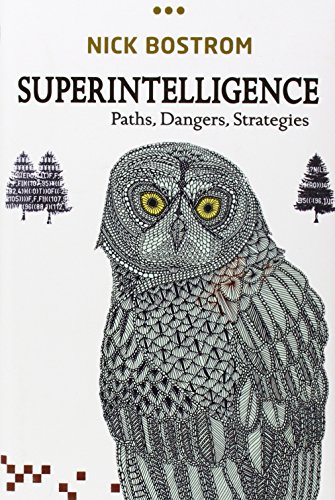
Superintelligence
Nick Bostrom
3 stars
Meditations
Marcus Aurelius
3 stars

The Book: On the Taboo Against Knowing Who You are
Alan Watts
2 stars

Sex at Dawn
Christopher Ryan and Cacilda Jetha
5 stars

Monogamy
Adam Phillips
3 stars

Chronicles: Volume 1
Bob Dylan
5 stars
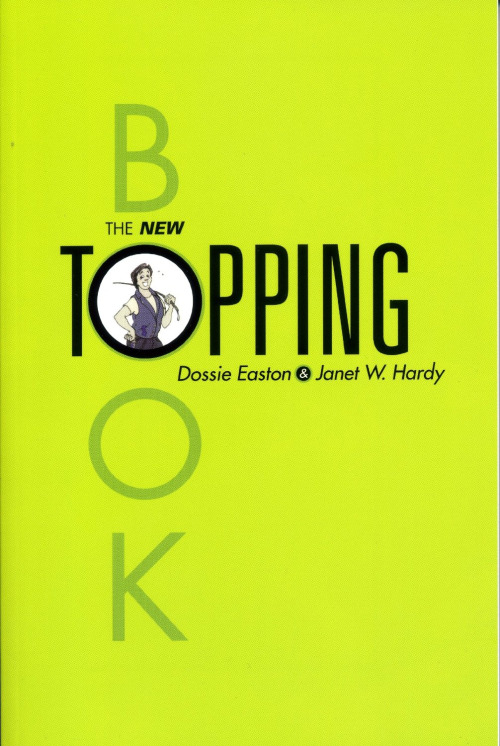
The New Topping Book
Dossie Easton & Janet W. Hardy
4 stars
